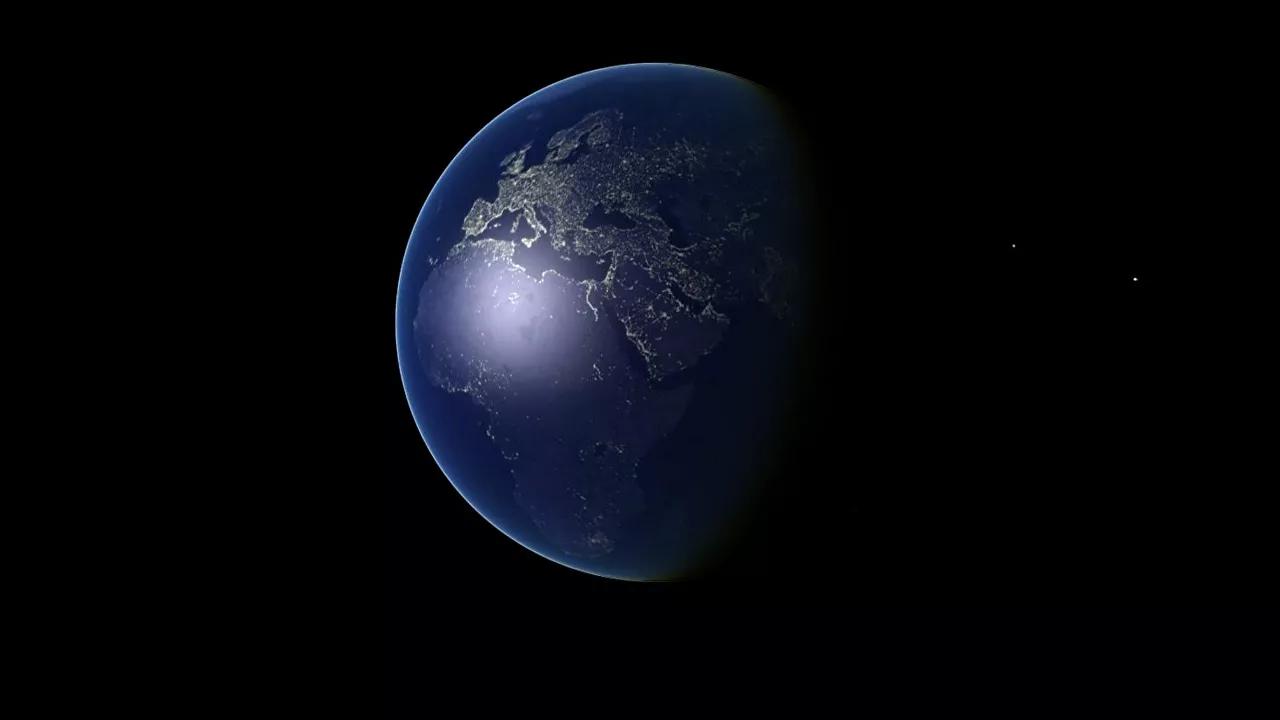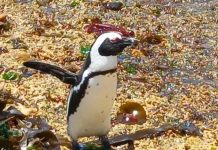Africa-Press – Liberia. The researchers noted that the organisms that became the focus of their research are “responsible for half of the limestone produced in the oceans and therefore play a major role in the carbon cycle and in determining ocean chemistry.” Fluctuations in our planet’s orbit possibly affected evolution of at least some organisms on Earth, a new study suggests.
According to ScienceAlert, a team of scientists led by Luc Beaufort, paleoceanographer from the French National Centre for Scientific Research (CNRS) brought forth this hypothesis after studying coccoliths, limestone plates formed by microscopic algae called coccolithophores.
Having measured some 9 million coccoliths “across 2.8 million years of evolution in the Indian and Pacific oceans,” as the media outlet put it, the team concluded that the average length of a coccolith appeared to vary in accordance with our planet’s 405,000-year orbital eccentricity cycle.
Specifically, when Earth’s orbit around the Sun was becoming more elliptical, the seasons around the planet’s equator grew more pronounced, with the arising conditions – more varied as compared to those during the less pronounced seasons when Earth’s orbit is more circular – supposedly prompting coccolithophores to “diversify into more species.”
The researchers also note that, due to the abundance and global distribution of coccolithophores, these tiny organisms are “responsible for half of the limestone (calcium carbonate, partly composed of carbon) produced in the oceans and therefore play a major role in the carbon cycle and in determining ocean chemistry,” according to SciTechDaily.
For More News And Analysis About Liberia Follow Africa-Press






